As of 2022, Italy has 58 listed UNESCO World Heritage sites – a mark of the cultural and geographic richness of the nation. Out of all Italy's heritage sites, 53 are cultural, and 5 are natural. That is more than any other country and represents about 5% of the World Heritage list. So far, I have visited 15 of them. So check out my list of these great sites in alphabetical order, and you are welcome to see them yourself. The number after the name of the site indicates the year of inscription in the UNESCO World Heritage list.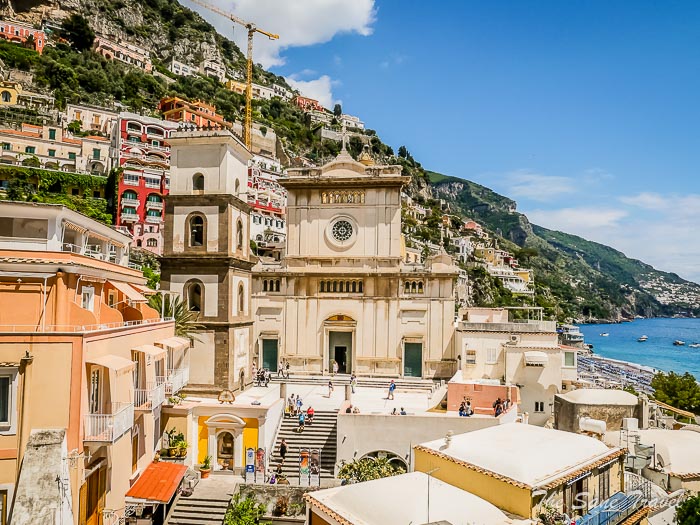
1 Archaeological Areas of Pompeii, Herculaneum and Torre Annunziata, 1997
When Vesuvius erupted in AD 79, it buried the two flourishing Roman towns of Pompeii and Herculaneum, as well as the many wealthy villas in the area. The cities of Herculaneum and Pompeii were discovered by kings of Naples of the Bourbon dynasty in the 18th century and since then have been progressively excavated and made accessible to the public. The vast commercial town of Pompeii contrasts with the smaller but better-preserved remains of the holiday resort of Herculaneum. So far, I have just visited Herculaneum, so check out my photos from there. 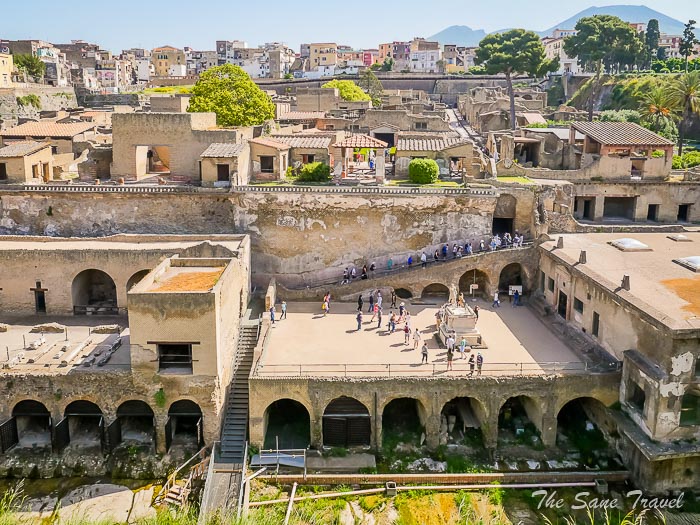
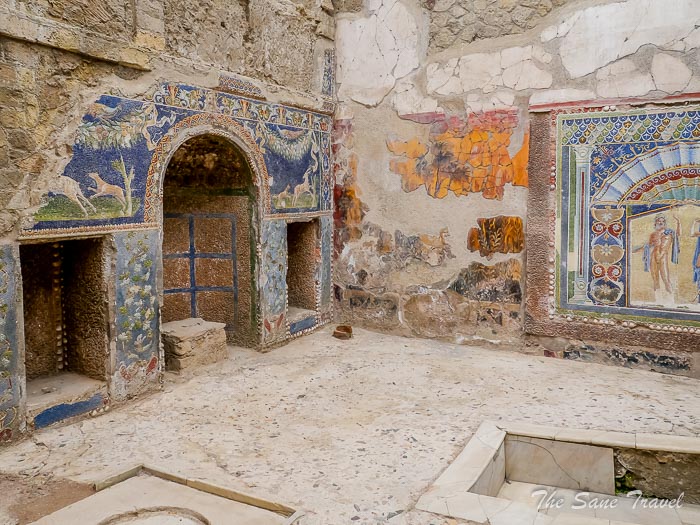
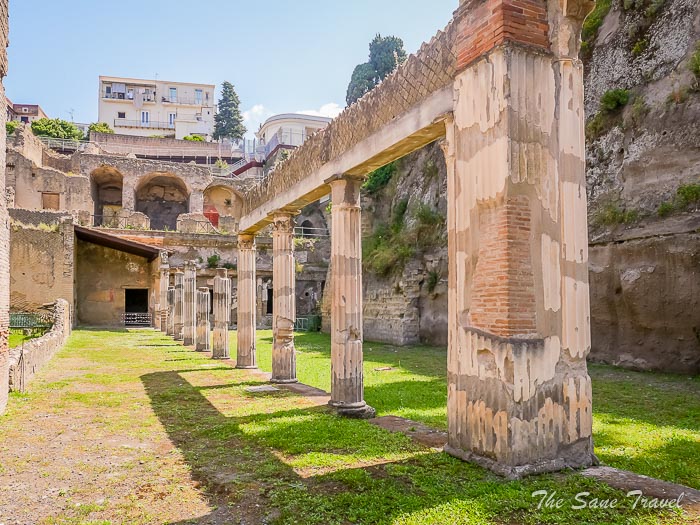
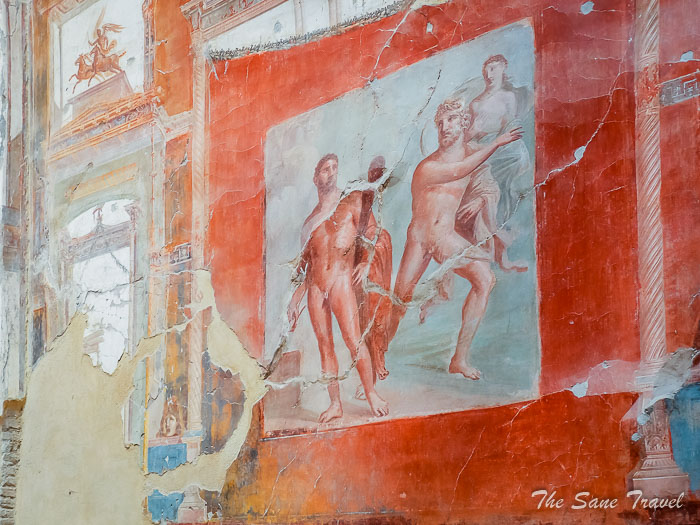 Before visiting Pompeii and Herculaneum, I advise you to visit the National Archaeological Museum in Naples, considered among the world's top archaeological museums focused on ancient Rome. The findings of the kings of Naples and inherited artefacts from the Farnese family allowed the establishment of this museum with many valuable artefacts from both sites.
Before visiting Pompeii and Herculaneum, I advise you to visit the National Archaeological Museum in Naples, considered among the world's top archaeological museums focused on ancient Rome. The findings of the kings of Naples and inherited artefacts from the Farnese family allowed the establishment of this museum with many valuable artefacts from both sites.
How to get there: Pompeii and Herculaneum are located near Naples and can be easily reached by a short train ride from the city.
2 City of Verona, 2000
The historic city of Verona was founded in the 1st century B.C. It particularly flourished under the rule of the Scaliger family in the 13th and 14th centuries and as part of the Republic of Venice from the 15th to 18th centuries. Verona has preserved an incredible number of monuments from antiquity, the medieval and Renaissance periods and represents an outstanding example of a military stronghold. 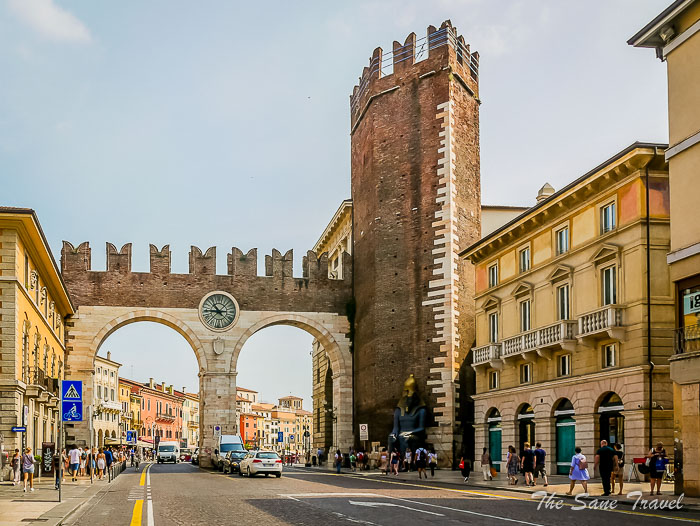
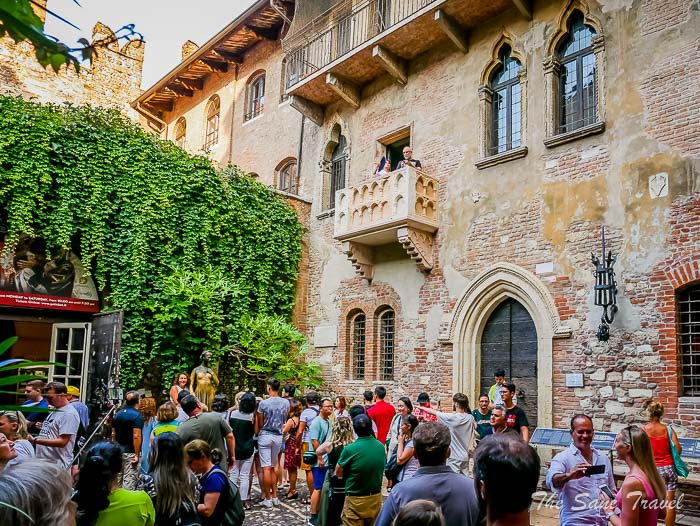 The Roman amphitheatre, the Verona Arena, is the most renowned Veronese monument. It is one of the largest amphitheatres in Italy; its elliptical shape produces perfect acoustics from any standpoint and allows it to accommodate a large number of spectators. It is still in use today and is internationally famous for its large-scale opera performances. It is one of the best-preserved ancient structures of its kind.
The Roman amphitheatre, the Verona Arena, is the most renowned Veronese monument. It is one of the largest amphitheatres in Italy; its elliptical shape produces perfect acoustics from any standpoint and allows it to accommodate a large number of spectators. It is still in use today and is internationally famous for its large-scale opera performances. It is one of the best-preserved ancient structures of its kind. 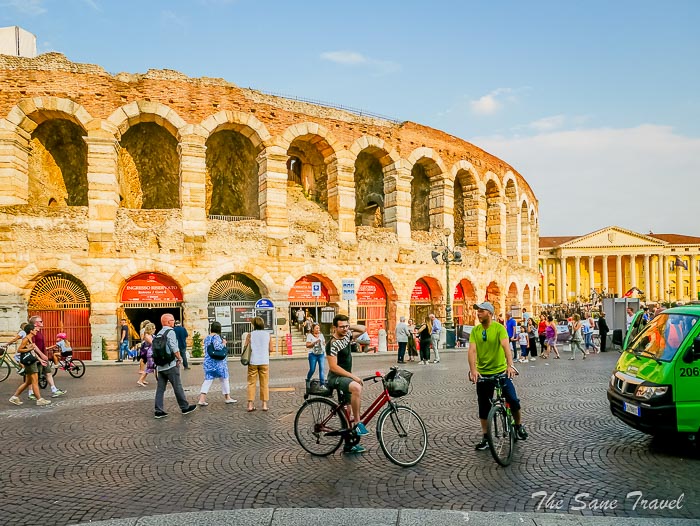 So, if you are in Verona, attend an opera performance or concert in the arena.
So, if you are in Verona, attend an opera performance or concert in the arena.
How to get there: The main railway station is Verona Porta Nuova, at the junction of the Milan–Venice and Brenner–Rome railway lines.
3 Costiera Amalfitana, 1997
The Amalfi Coast is an area of stunning beauty and natural diversity. It has been settled by humans since the early Middle Ages. Amalfi is the principal jewel of the famous Amalfi Coast in Campania. The Republic of Amalfi was once a major seafaring power, and the town's traditions and historic buildings bear witness to Amalfi's glorious past. Amalfi, the largest and most popular resort on this mountainous stretch of coastline, is a popular holiday base for tourists wanting to explore the area. 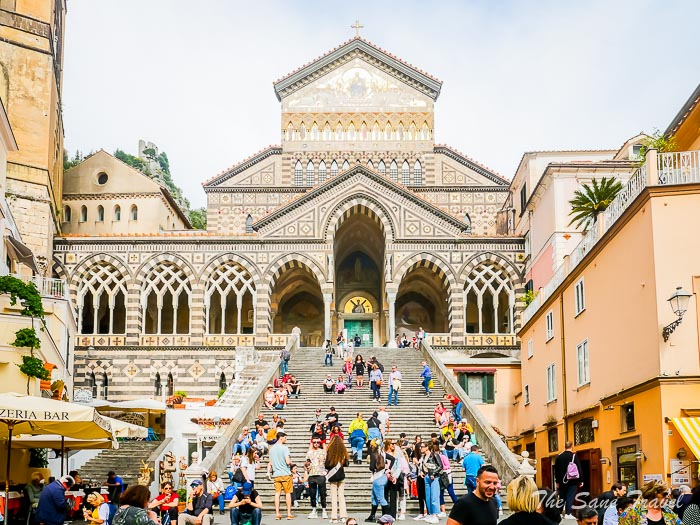 Positano is very popular with tourists and can get overcrowded during the tourist season.
Positano is very popular with tourists and can get overcrowded during the tourist season. 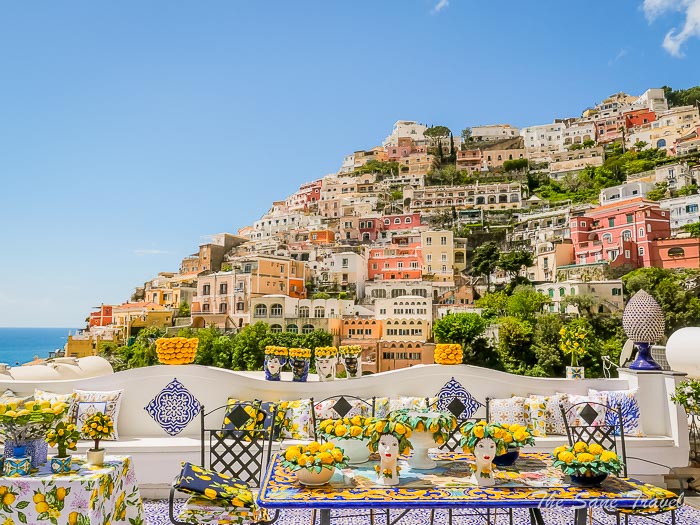
 The rural areas show the versatility of the inhabitants in adapting their use of the land to the diverse nature of the terrain, which ranges from terraced vineyards and orchards on the lower slopes to vast upland pastures. Useful tip: Stay in Scala town near Ravello and Amalfi if you want to save some money.
The rural areas show the versatility of the inhabitants in adapting their use of the land to the diverse nature of the terrain, which ranges from terraced vineyards and orchards on the lower slopes to vast upland pastures. Useful tip: Stay in Scala town near Ravello and Amalfi if you want to save some money.
How to get there: I do not recommend travelling by car to this area because of the narrow and winding roads and almost no parking available. When using public transport, go to Sorrento by train and then continue your way by public bus or ferry. I advise you to use a bus for departure and a ferry for return to soak in all the beauty of the area from different points of view.
4 Genoa: Le Strade Nuove and the system of the Palazzi dei Rolli, 2006
The Strade Nuove and the system of the Palazzi dei Rolli in Genoa’s historic centre date from the late 16th and early 17th centuries when the Republic of Genoa was at the height of its financial and seafaring power. The site represents the first example in Europe of an urban development project parcelled out by a public authority. The site includes an ensemble of Renaissance and Baroque palaces along the so-called ‘new streets’ (Strade Nuove). The "Strade Nuove" comprising Via Garibaldi, Via Cairoli, and Via Balbi form an urban layout composed mainly of two modern-age residential roads, created by the grandest families of the aristocracy, who built their dwellings on the edge of the historic centre. Even though most of the buildings are now occupied by banks, municipal offices and such, you can still marvel at the facades and the courtyards.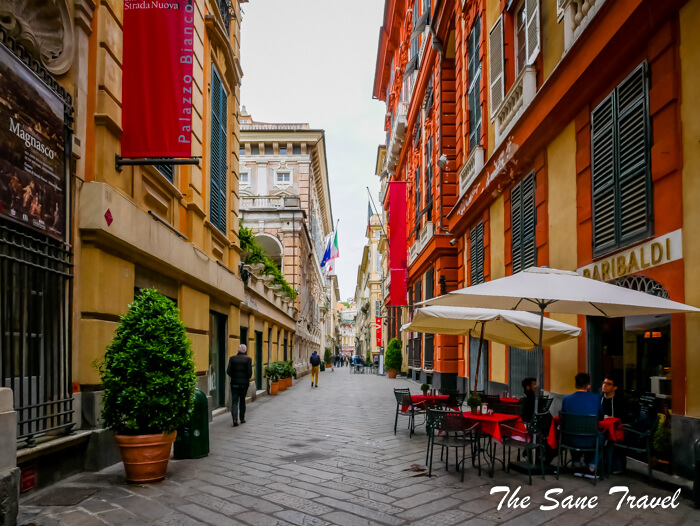
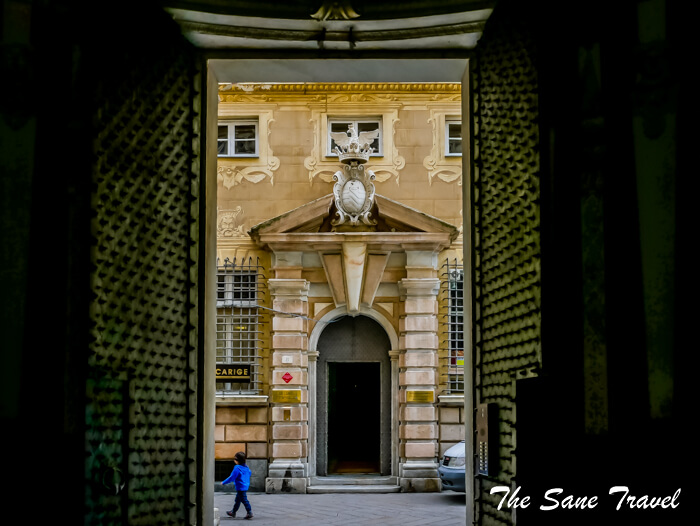 Other palaces now house museums that display large collections of paintings by famous Italian, Spanish and Flemish artists. This includes the Palazzo Rossi, Palazzo Doria Tursi and the Palazzo Reale.
Other palaces now house museums that display large collections of paintings by famous Italian, Spanish and Flemish artists. This includes the Palazzo Rossi, Palazzo Doria Tursi and the Palazzo Reale.
How to get there: Genoa can be easily reached by train.
5 Historic Centre of Florence, 1982
Built on the site of an Etruscan settlement, Florence, the symbol of the Renaissance, rose to economic and cultural pre-eminence under the Medici in the 15th and 16th centuries. Its 600 years of extraordinary artistic activity can be seen above all in the 13th-century cathedral (Santa Maria del Fiore), the Church of Santa Croce, the Uffizi and the Pitti Palace, the work of great masters such as Giotto, Brunelleschi, Botticelli and Michelangelo. Get ready for narrow, cobblestoned streets and elegant palazzos, basilicas full of masterpieces and world-renowned museums. 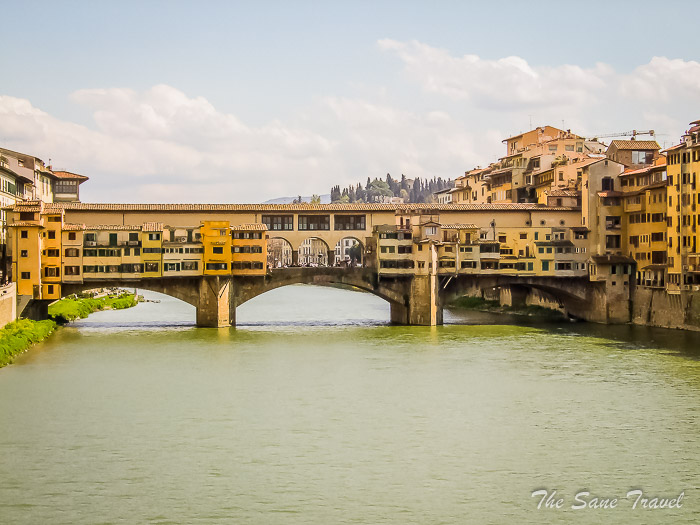 Climb the Campanile di Giotto to see breathtaking views of the city.
Climb the Campanile di Giotto to see breathtaking views of the city.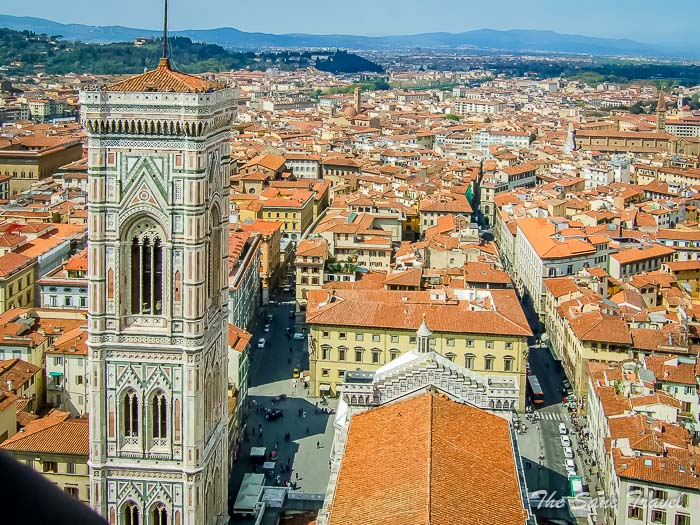 It has 414 steps that lead to the highest point of the structure. Visitors will be pleasantly surprised when they get to the top at 84 metres (277 ft.) and see one of the most beautiful panoramic views of Florence.
It has 414 steps that lead to the highest point of the structure. Visitors will be pleasantly surprised when they get to the top at 84 metres (277 ft.) and see one of the most beautiful panoramic views of Florence.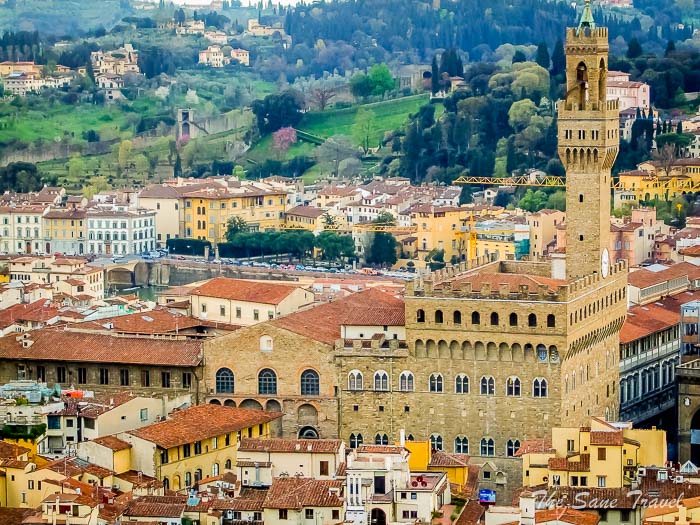 If you want a lasting souvenir, one of the top things to do in Florence is to treat yourself to an amazing leather craftsmanship product.
If you want a lasting souvenir, one of the top things to do in Florence is to treat yourself to an amazing leather craftsmanship product.
How to get there: Florence is easy to reach by train.
6 Historic Centre of Naples, 1995
From the Neapolis, founded by Greek settlers in 470 B.C., to the city of today, Naples has retained the imprint of the successive cultures that emerged in Europe and the Mediterranean Basin. 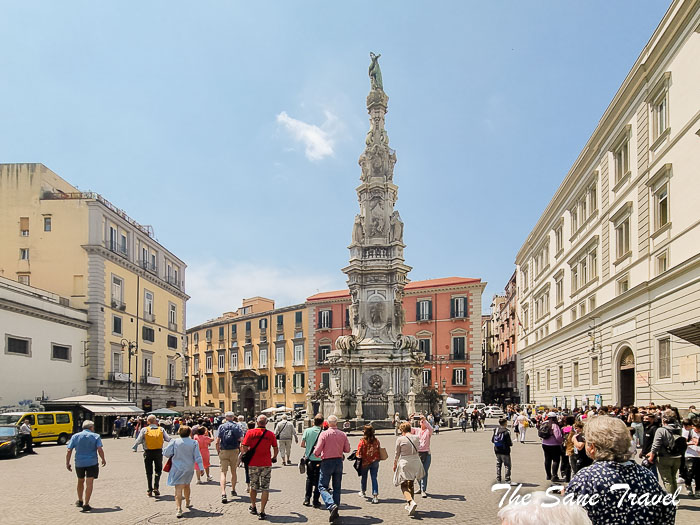
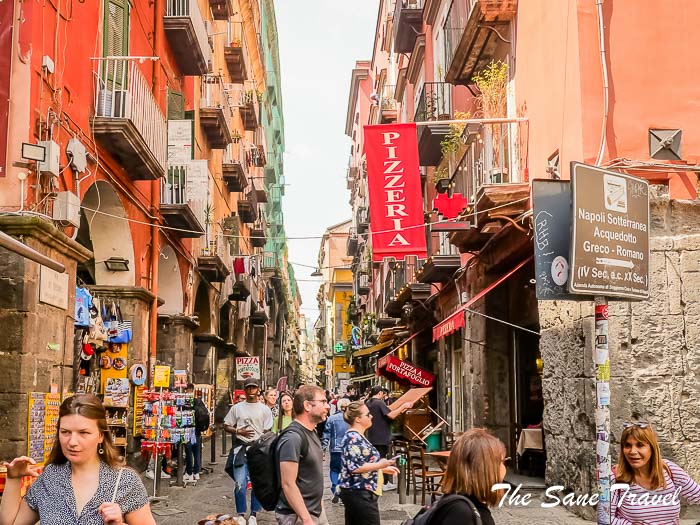
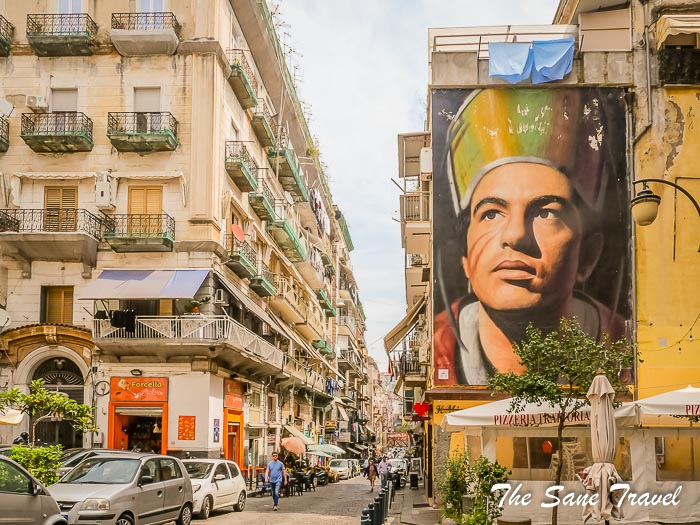 This makes it a unique site, with a wealth of outstanding monuments such as the Church of Santa Chiara and the Castel Nuovo. Check out my Naples walking tour to get most of the city centre.
This makes it a unique site, with a wealth of outstanding monuments such as the Church of Santa Chiara and the Castel Nuovo. Check out my Naples walking tour to get most of the city centre.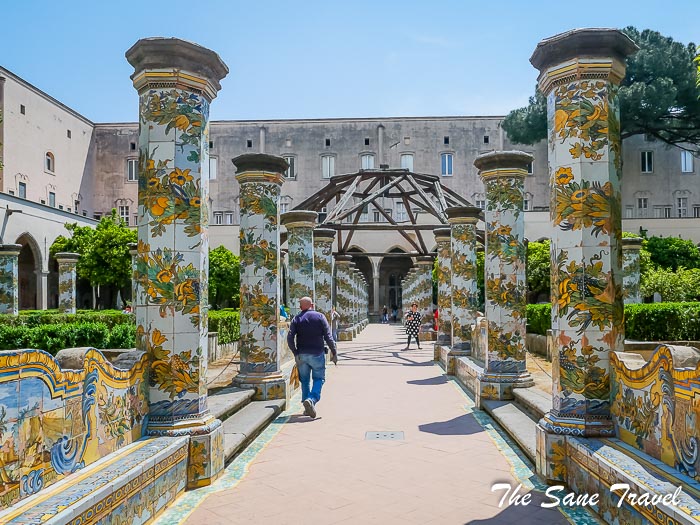
How to get there: Take a direct flight to Naples or go by train from Rome.
7 Historic Centre of Rome, 1980 and 1990
including the Properties of the Holy See in that City Enjoying Extraterritorial Rights and San Paolo Fuori le Mura
Founded in 753 BC, Rome was first the centre of the Roman Republic, then the Roman Empire, and it became the capital of the Christian world in the 4th century.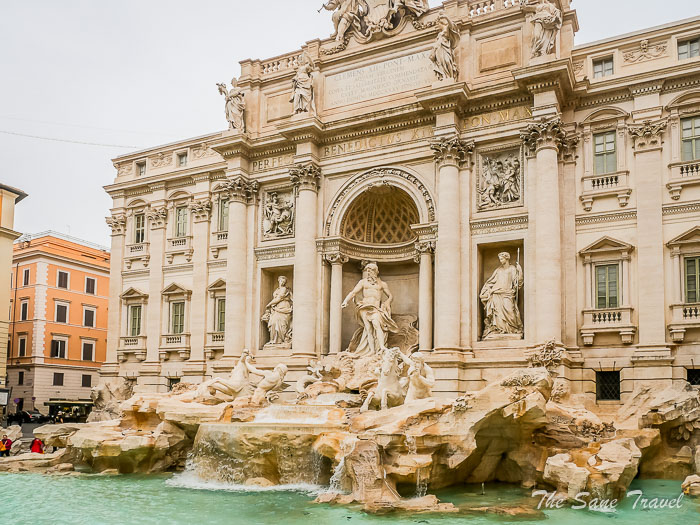
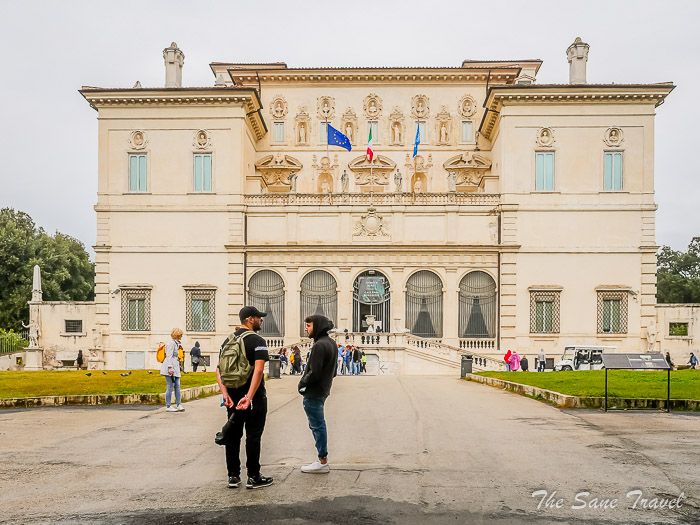
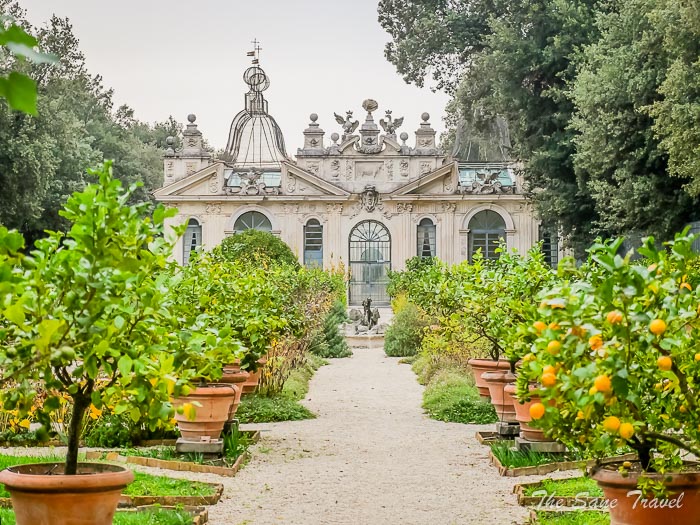 The World Heritage site, extended in 1990 to the walls of Urban VIII, includes some of the major monuments of antiquity, such as the Forums, the Mausoleum of Augustus, the Mausoleum of Hadrian, the Pantheon, Trajan’s Column and the Column of Marcus Aurelius, as well as the religious and public buildings of papal Rome. I recommend visiting all four Papal basilicas in the Eternal City.
The World Heritage site, extended in 1990 to the walls of Urban VIII, includes some of the major monuments of antiquity, such as the Forums, the Mausoleum of Augustus, the Mausoleum of Hadrian, the Pantheon, Trajan’s Column and the Column of Marcus Aurelius, as well as the religious and public buildings of papal Rome. I recommend visiting all four Papal basilicas in the Eternal City.
How to get there: Fly or go by train if you arrive in another part of Italy.
8 Historic Centre of Siena, 1995
Throughout the centuries, Siena preserved its Gothic appearance, acquired between the 12th and 15th centuries. The whole city of Siena, built around the Piazza del Campo, was devised as a work of art that blends into the surrounding landscape.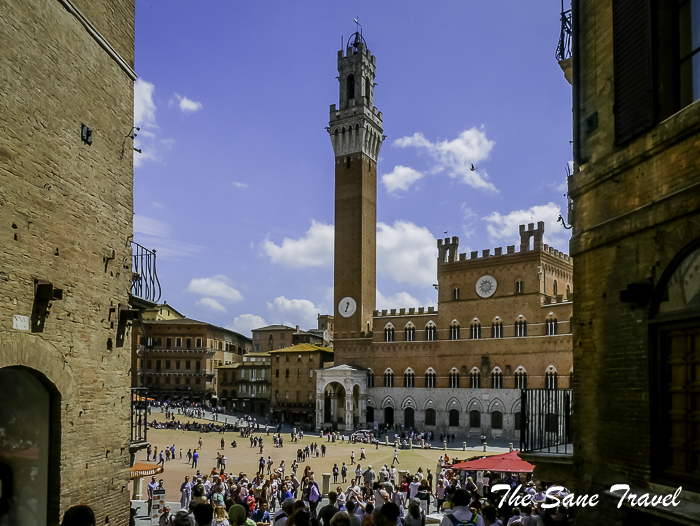 There is so much beauty of Sienna in Piazza del Duomo with the Duomo, or the Cathedral of Santa Maria Assunta, being the most outstanding part of that.
There is so much beauty of Sienna in Piazza del Duomo with the Duomo, or the Cathedral of Santa Maria Assunta, being the most outstanding part of that.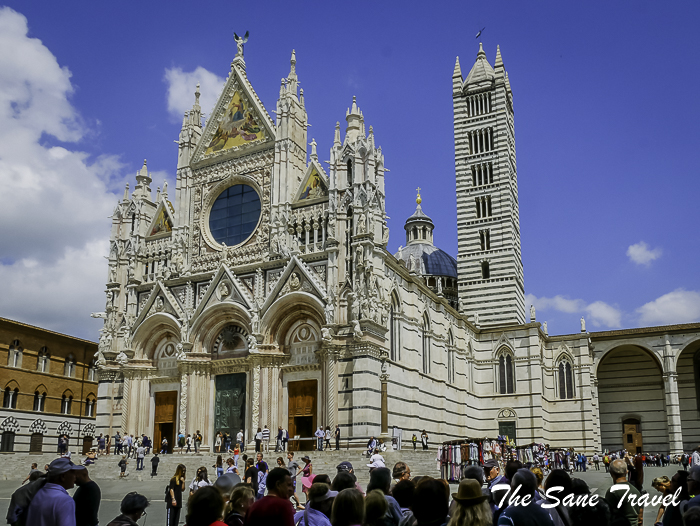
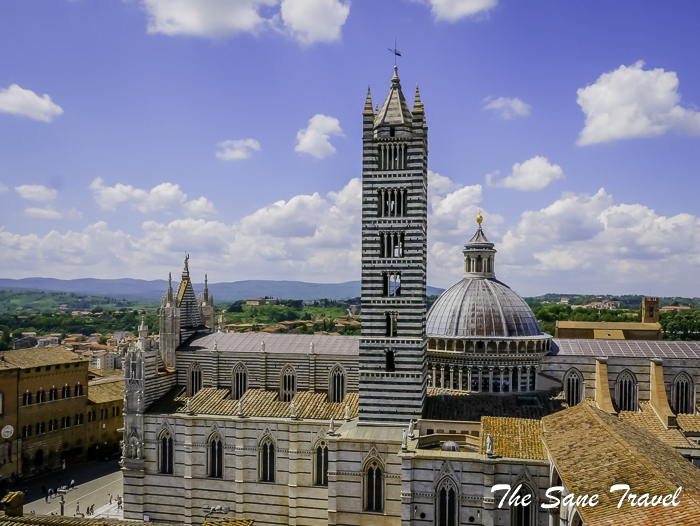 The large monumental complex comprises the Siena Cathedral, the Piccolomini Library, the Gate of Heaven, the Baptistery, the Crypt, the Museo dell'Opera, the Panorama from the Unfinished Façade, the Oratory of St. Bernardino and the Costone Gardens.
The large monumental complex comprises the Siena Cathedral, the Piccolomini Library, the Gate of Heaven, the Baptistery, the Crypt, the Museo dell'Opera, the Panorama from the Unfinished Façade, the Oratory of St. Bernardino and the Costone Gardens.
How to get there: Take a bus or train from Florence.
9 Historic Centre of the City of Pienza, 1996
Pienza is a well-known town of the Val d’Orcia and is famous for being the hometown of Pope Pius II, born in 1405. Pienza is one of the few remaining Renaissance towns in Italy. With the help of architect Bernardo Rossellino, Pius II transformed his hometown into an architectural jewel. In just four years, Pienza acquired its harmonious 15th-century appearance. It is considered to be the incarnation of the Renaissance utopia of an ideal city. Indeed, after those four years, Pienza has largely remained unchanged.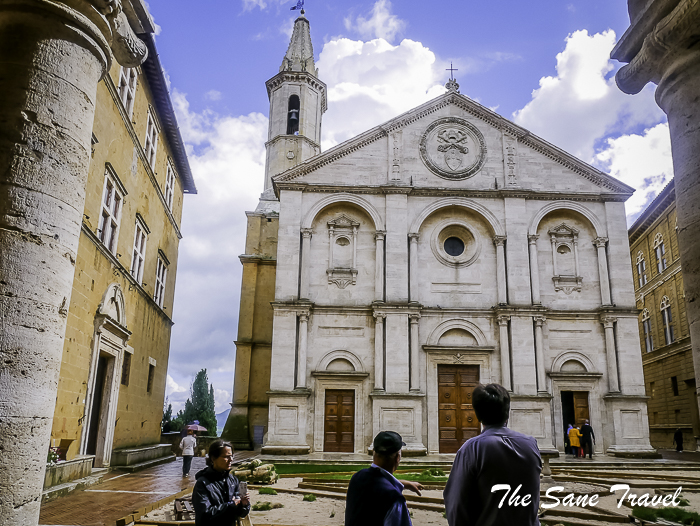
How to get there: Pienza is best reached by car.
10 Late Baroque Towns of the Val di Noto in Sicily, 2002
The eight towns in south-eastern Sicily – Caltagirone, Militello Val di Catania, Catania, Modica, Noto, Palazzolo, Ragusa and Scicli – were rebuilt after the 1693 earthquake on or beside towns existing at the time of the quake. Although the towns were rebuilt in the late Baroque style, they also depict distinctive innovations in town planning and urban building. From these eight towns, I have seen only Catania. It is situated at the foot of the impressive Mount Etna, with a panoramic view of the sea. Founded by the Greeks in 729 BC, the city has accumulated a rich cultural heritage over thousands of years. Almost entirely rebuilt in the 18th century following the devastating 1693 Sicily earthquake, Catania looks beautiful in its Sicilian Baroque style. 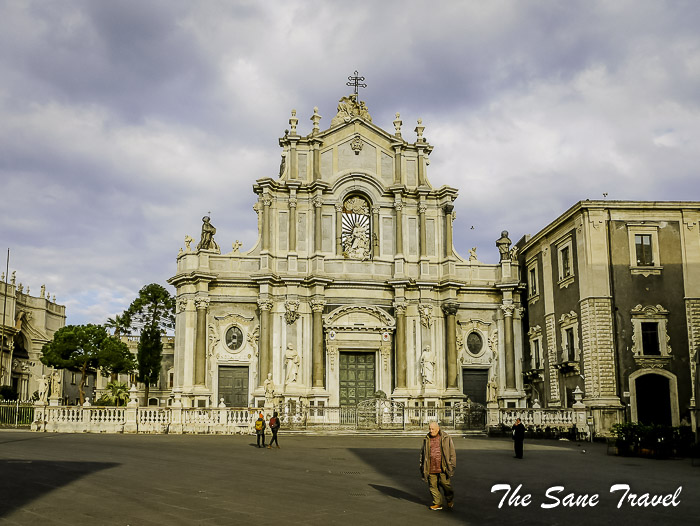
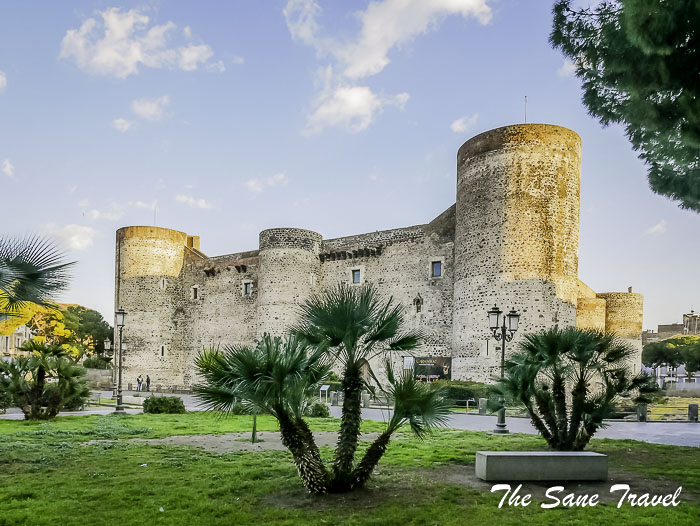
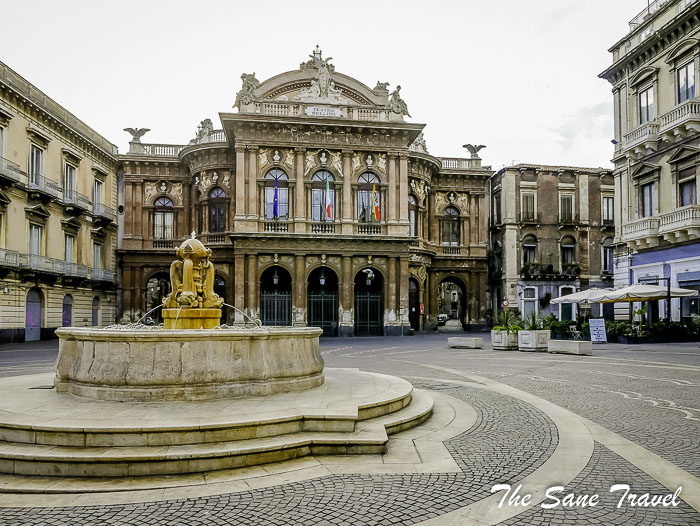 Nearly 40 hectares of urban areas of Catania are included in the UNESCO World Heritage list. Catania city centre is easily walkable, and I offer you to take a self-guided walking tour of the best spots in the city. While in Catania, you can easily visit one more UNESCO site, Mount Etna.
Nearly 40 hectares of urban areas of Catania are included in the UNESCO World Heritage list. Catania city centre is easily walkable, and I offer you to take a self-guided walking tour of the best spots in the city. While in Catania, you can easily visit one more UNESCO site, Mount Etna.
How to get to Catania: The best way is to take a flight to Catania Airport.
11 Portovenere, Cinque Terre, and the Islands, 1997
(Palmaria, Tino and Tinetto)
The Ligurian coast between Cinque Terre and Portovenere is a cultural landscape of great scenic and cultural value. 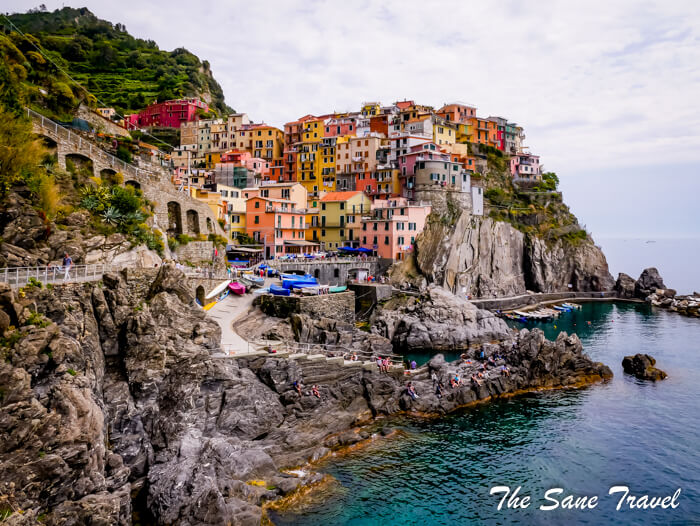
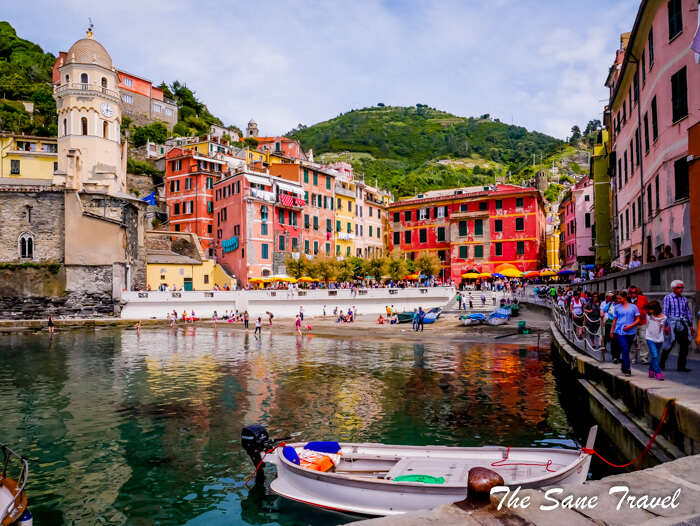
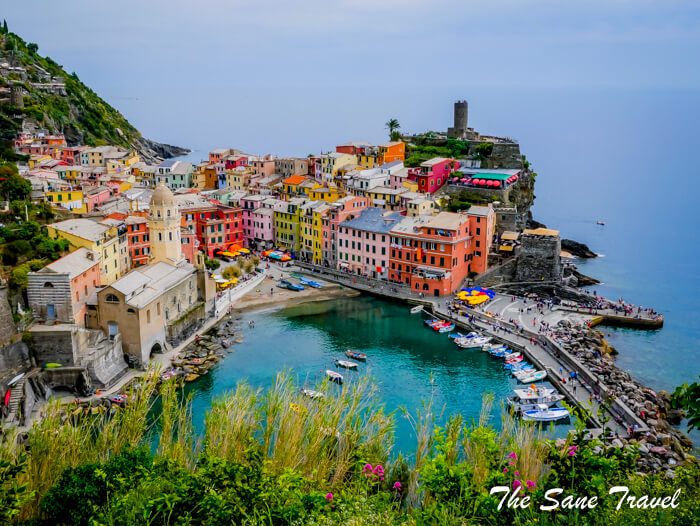
12 The Porticoes of Bologna, 2021
The serial property comprises twelve parts consisting of ensembles of porticoes and their surrounding built areas, located within the Municipality of Bologna from the 12th century to the present. These portico ensembles are considered the most representative among the city’s porticoes, which cover a total stretch of 62 km (38.5 mi.). Some of the porticoes are built of wood, others of stone or brick and reinforced concrete. They cover roads, squares, paths and walkways, either on one or both sides of a street. All put together, the selected porticoes reflect different typologies, urban and social functions and chronological phases. Defined as private property for public use, the porticoes have become an element of Bologna’s urban identity.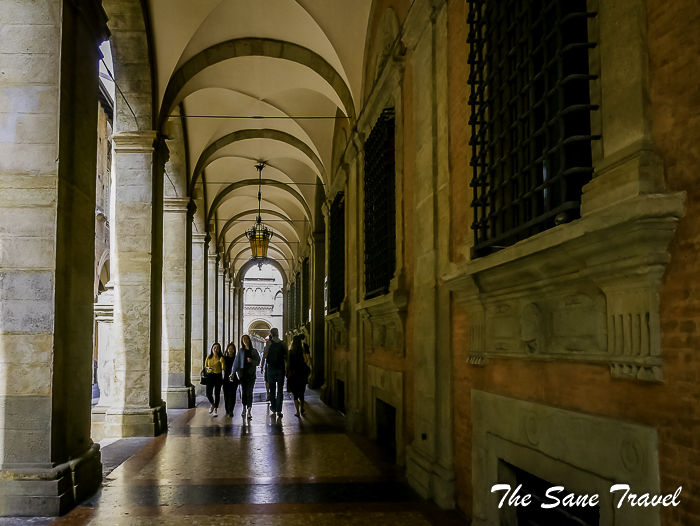
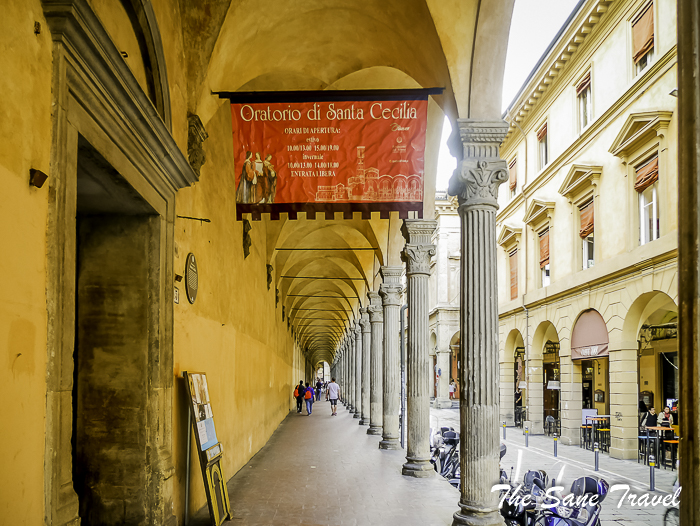
How to get there: It is a short train ride from Florence and a bit longer from Milan. When planning a visit to this beautiful city by car, keep in mind that much of the old town is a limited traffic access zone and that the access points are under video surveillance.
13 Val d'Orcia, 2004
The landscape of Val d’Orcia is part of the agricultural hinterland of Siena, redrawn and developed when it was integrated into the territory of the city-state in the 14th and 15th centuries to reflect an idealised model of good governance and to create an aesthetically pleasing picture. The landscape’s distinctive aesthetics and flat chalk plains with conical hills with fortified settlements rising from its top have inspired many artists.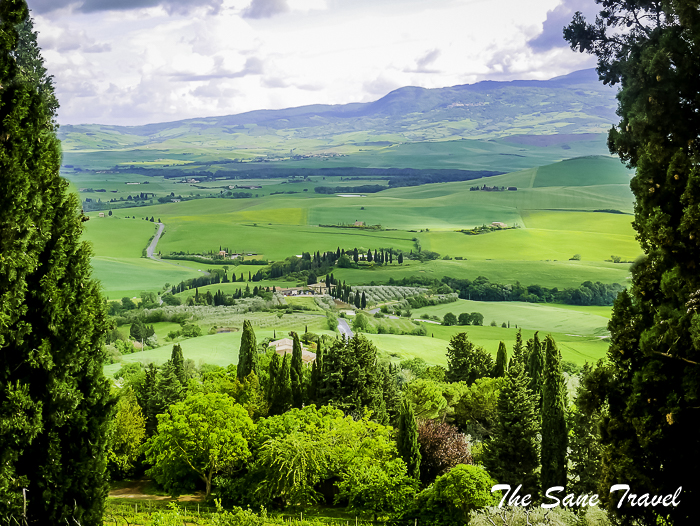
How to get there: The best way to get there is by car.
14 Venice and its Lagoon, 1987
Founded in the 5th century and spread over 118 small islands, Venice became a major maritime power in the 10th century. The whole city is an extraordinary architectural masterpiece in which even the smallest building contains works by some of the world's greatest artists such as Giorgione, Titian, Tintoretto, Veronese and others.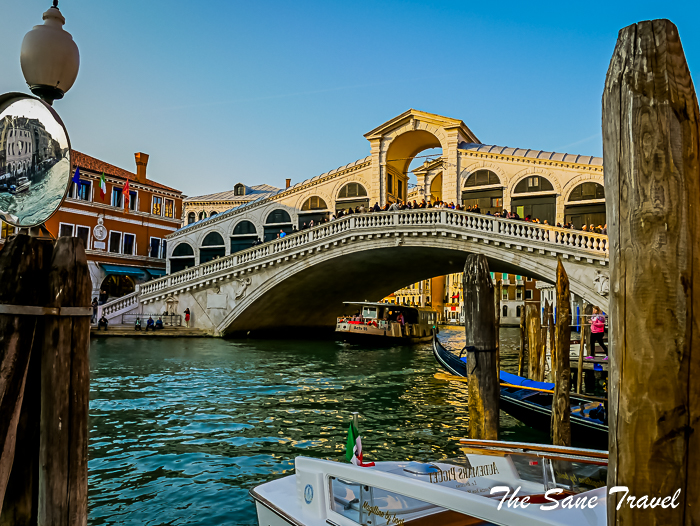
How to get there: You can take a flight to Treviso Airport or go by train from Milan.
15 Villa d'Este, Tivoli, 2001
Situated in Tivoli, near Rome, the villa is a gem of architectural and landscape splendour. The extraordinary complex is famous all over the world for its splendid fountains characterised by stunning water displays and for being the most beautiful example of the Italian Renaissance garden in Europe. The whole complex extends across 4 hectares and includes the Palazzo d'Este. The Villa d'Este, one of the first giardini delle meraviglie (gardens of wonder), was an early model for the development of European gardens. I also recommend checking out other sites to visit in the viccinity Rome.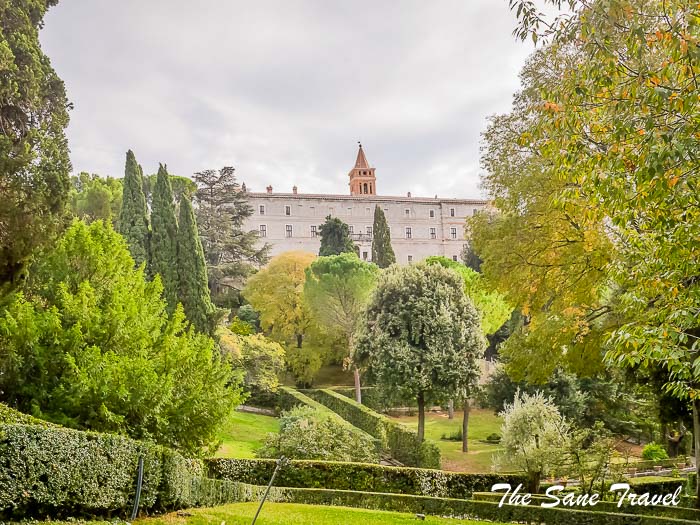
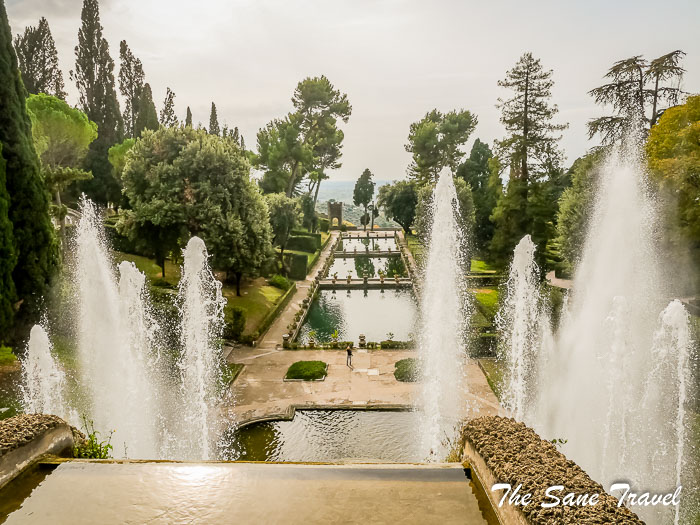
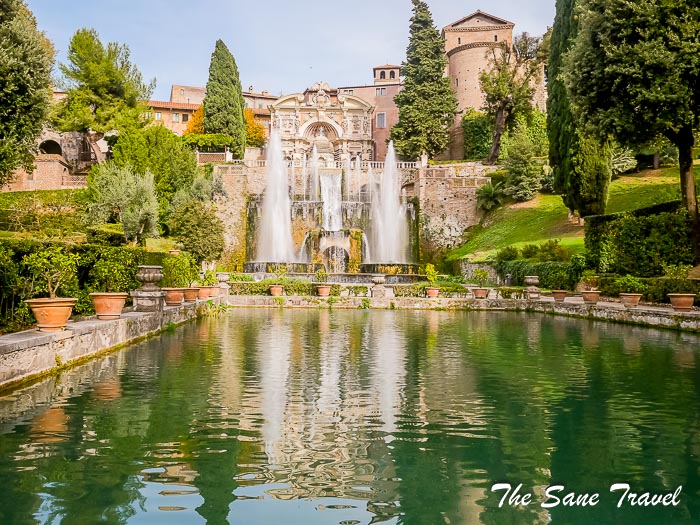
While in Tivoli, you may visit one more UNESCO Heritage site, Villa Adriana.
How to get there: Take a one-hour train ride from Rome.
Like it? Pin it!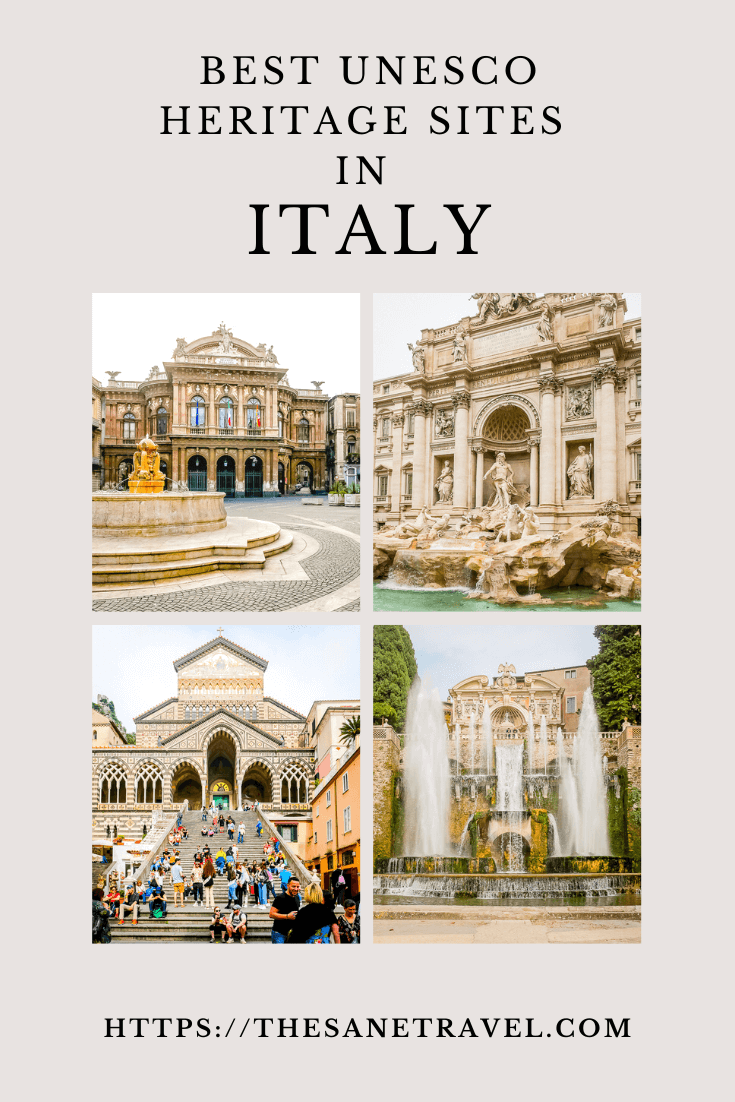
What did you think? How many UNESCO World Heritage sites in Italy have you visited? I would love to hear from you so please add your comment below.
Author: Anita Sane

About the author
Anita is a part-time traveller, passionate photographer and a retired career woman from Latvia, travelling mostly solo for more than 15 years. She is a skilled travel planner who plans and executes her travels by herself. Anita wants to show you how to travel the world and open your mind to new experiences. Follow her on Facebook, Instagram, Pinterest, Twitter and Bloglovin.

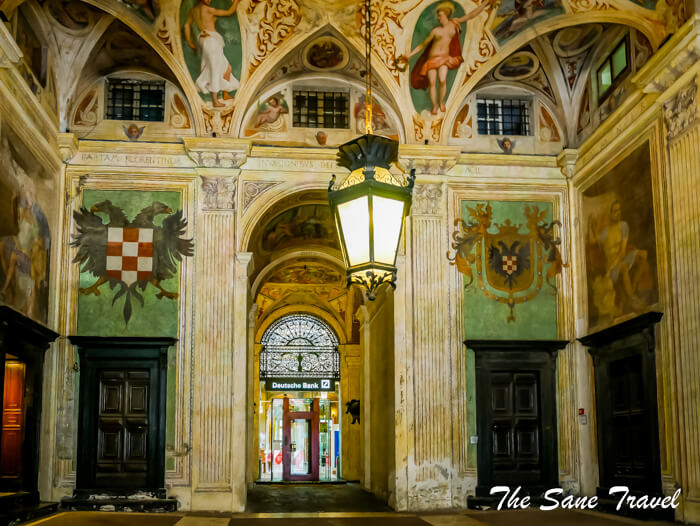
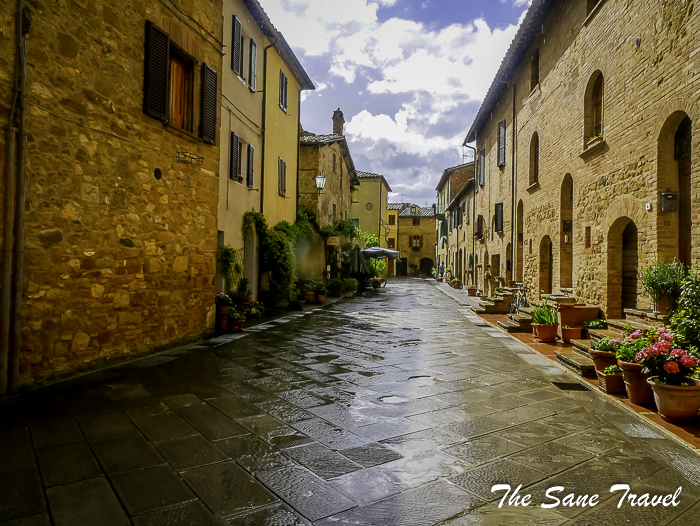
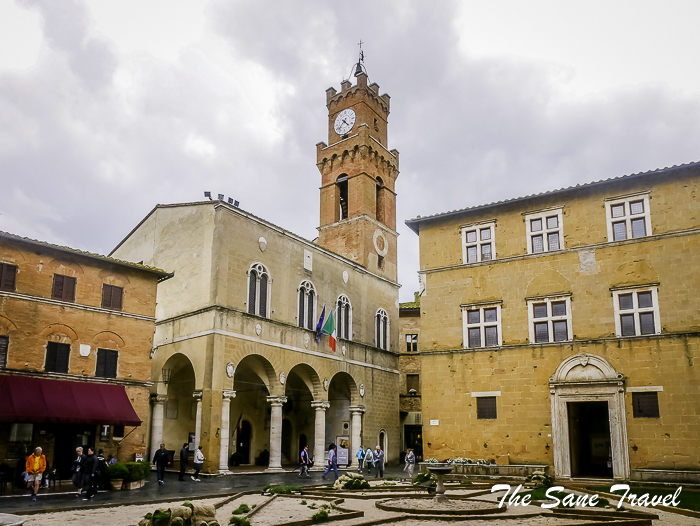
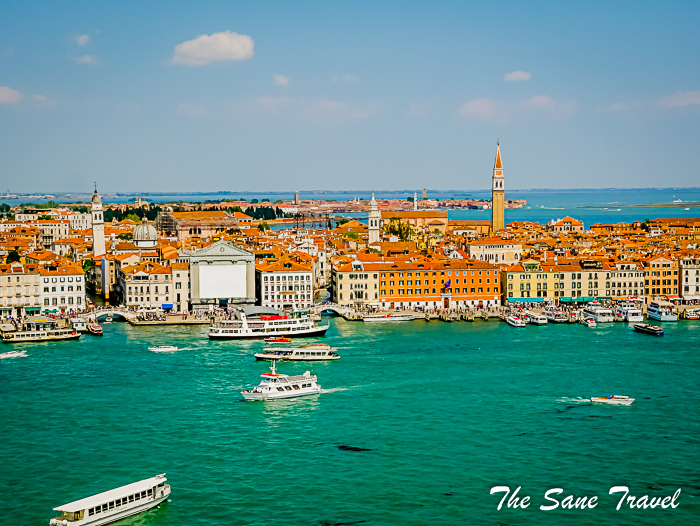
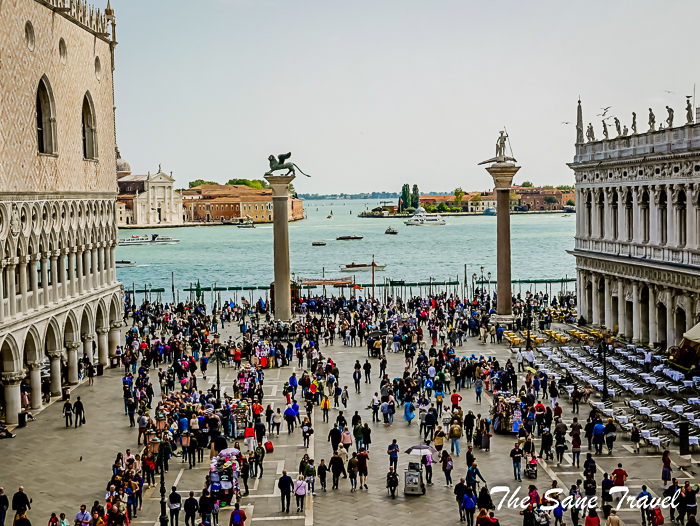
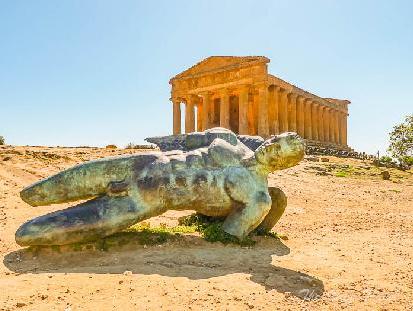
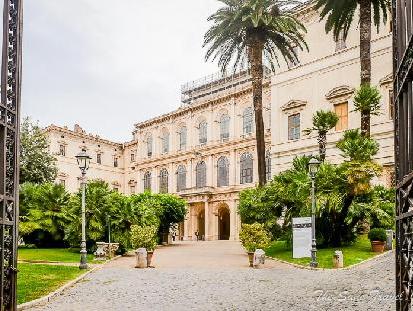
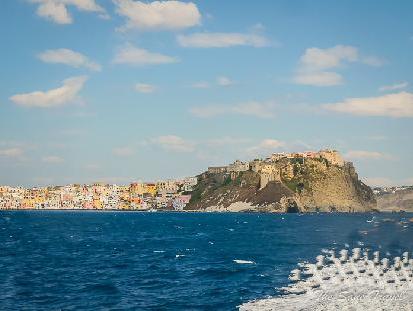
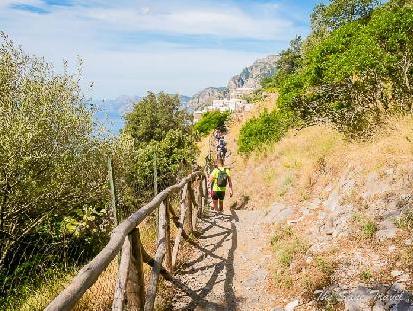
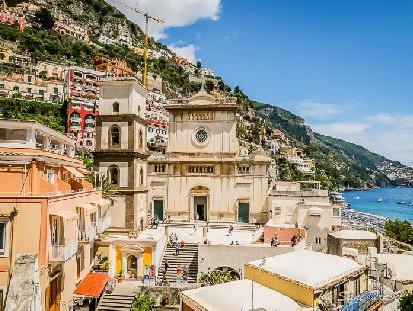
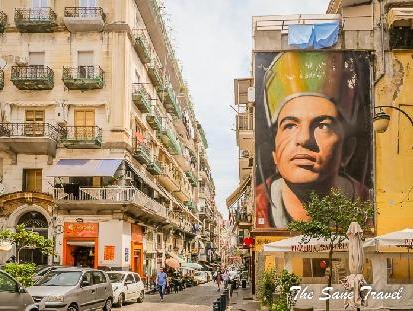
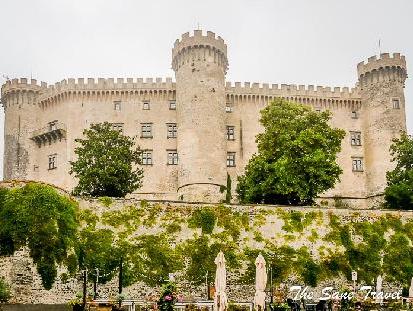
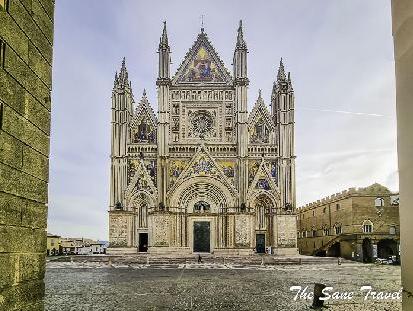
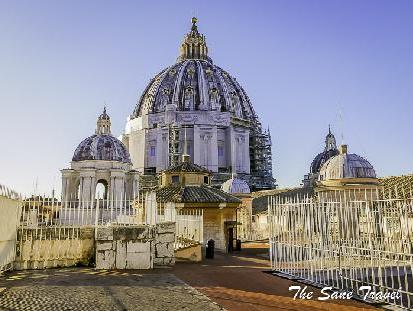
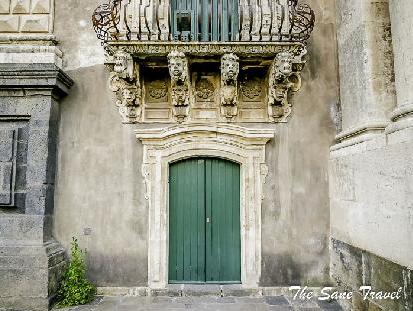
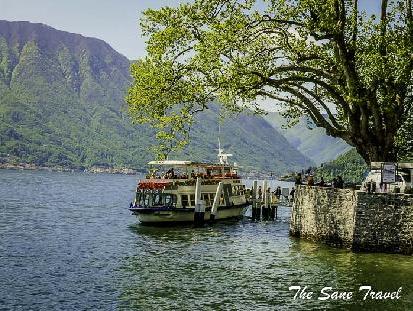
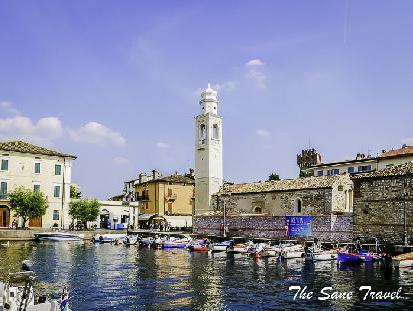
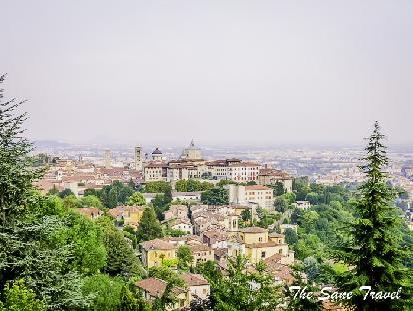
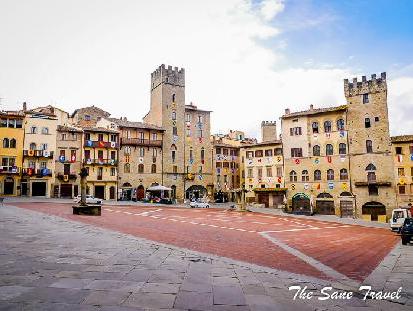
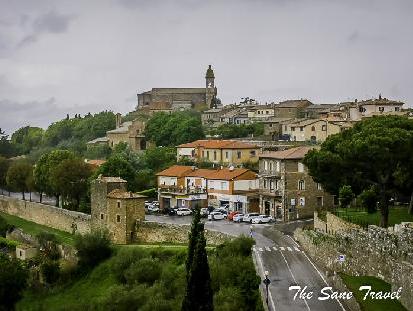
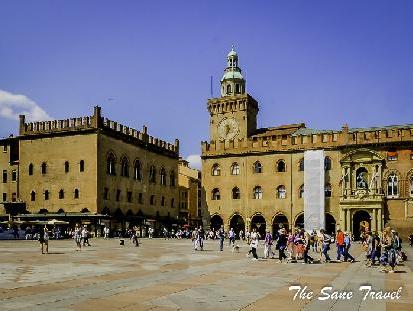
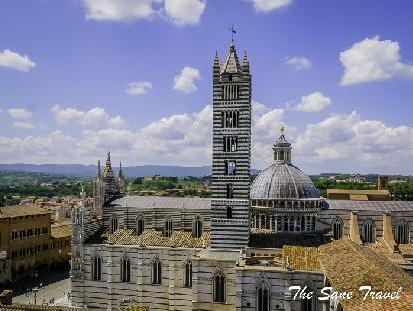
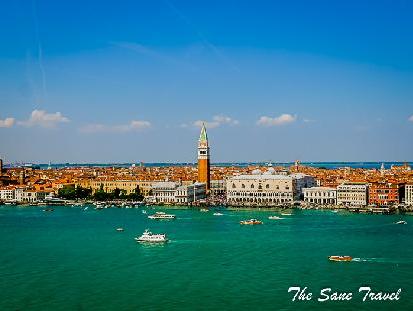
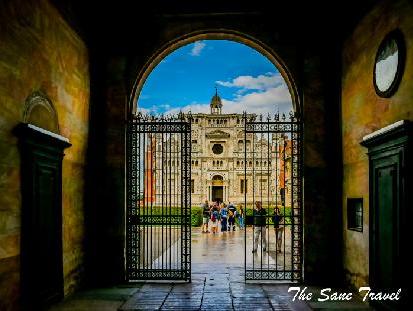
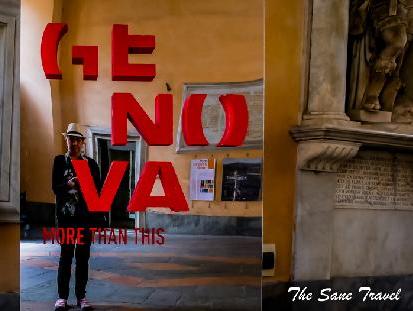
Report
My comments